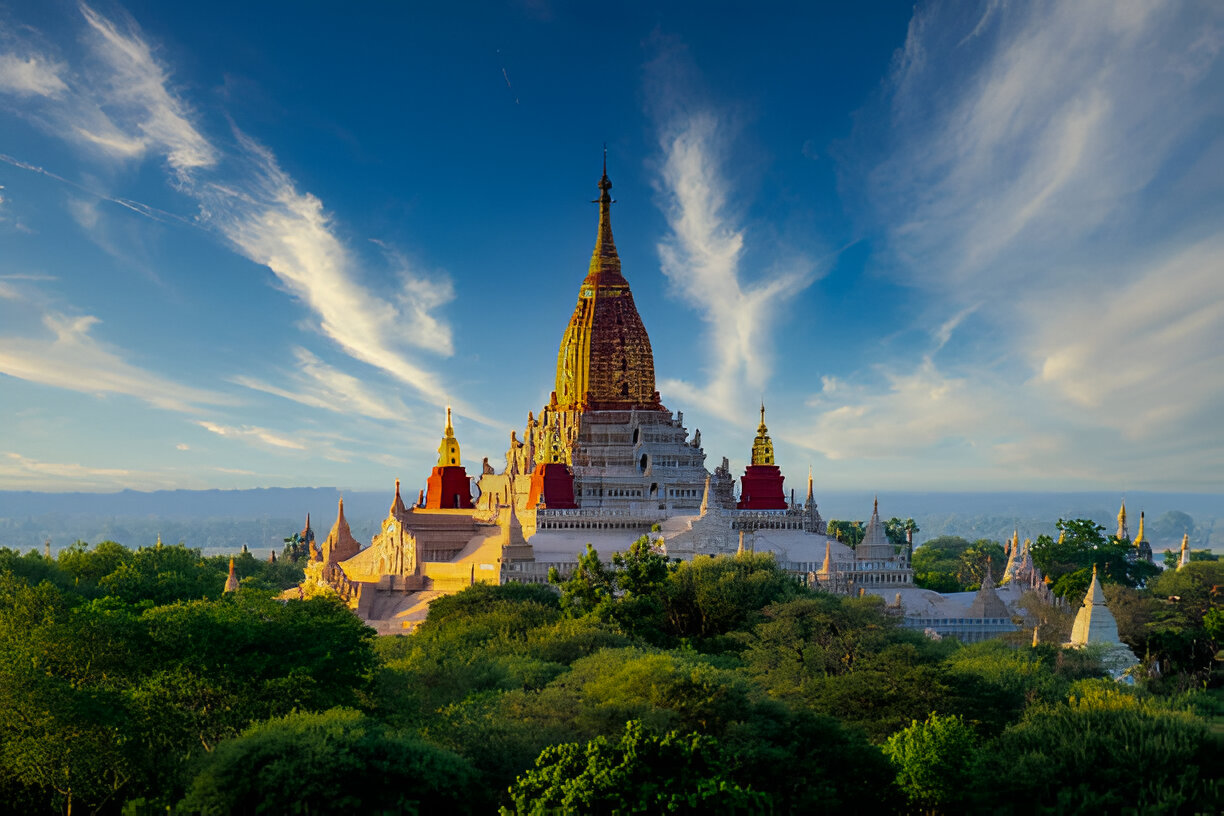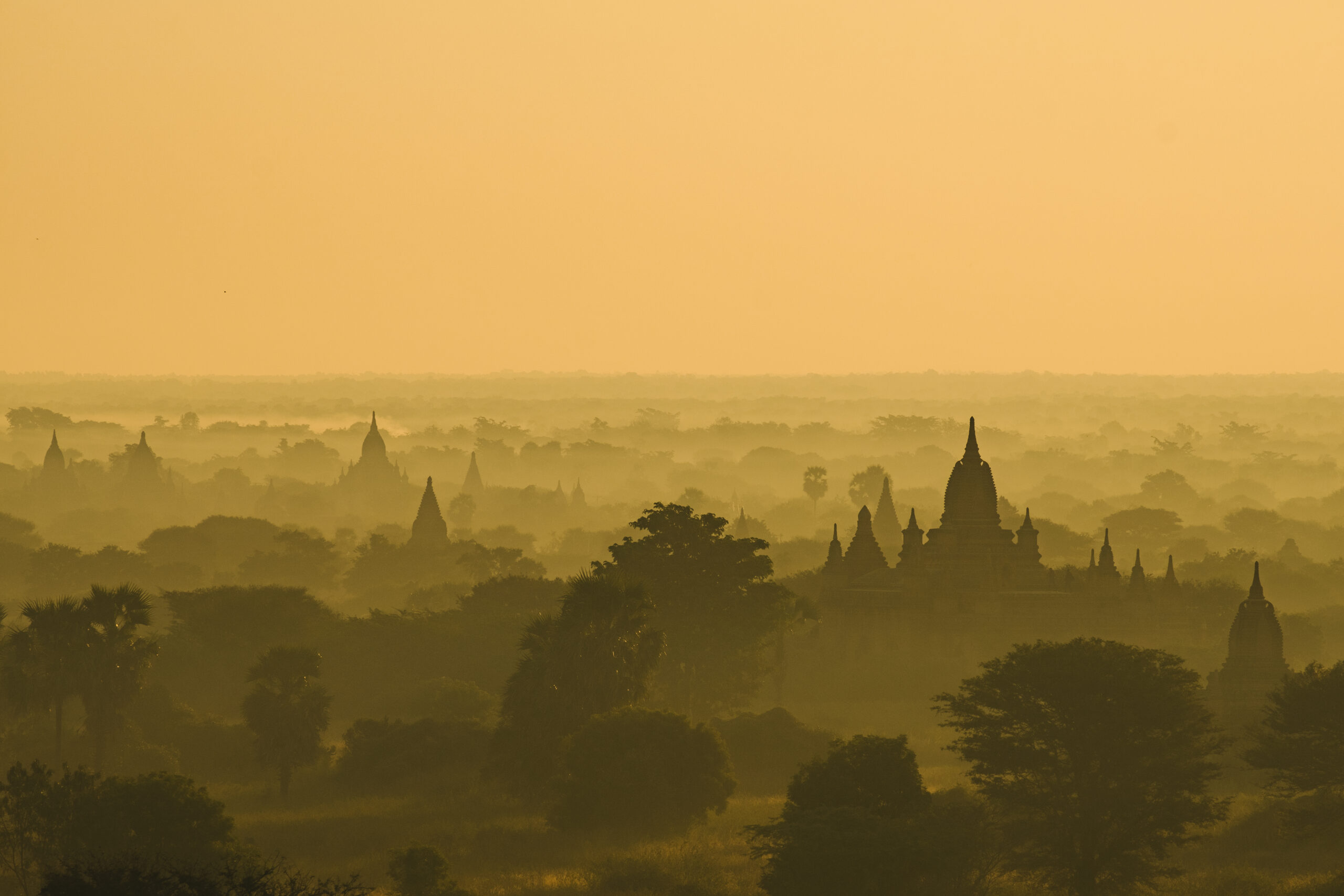Ethnic Tribes of Myanmar
- Home
- About Myanmar
- Cultural
- Ethnic Tribes
Myanmar is home to a diverse population of over 135 officially recognized ethnic groups, each with its own language, dress, customs, music, and traditions. These groups are grouped into eight major ethnic nationalities, known as the “major races” of Myanmar.
The 8 Major Ethnic Groups (Tai-yin-thar)
Group | Region | Key Features |
| Bamar | Central Myanmar | Largest group (about 68%); speak Burmese; dominate cultural, political, and religious life. |
| Shan | Eastern hills | Speak Shan (related to Thai); known for farming, festivals, and beautiful traditional dress. |
| Karen | Southeast (Kayin State) | Distinctive woven clothes; rich traditions; include Christian and Buddhist communities. |
| Rakhine | Western coast | Related to Bamar but culturally distinct; coastal people with strong seafaring traditions. |
| Mon | Southeastern coast | One of the oldest groups; introduced Theravāda Buddhism to Myanmar. |
| Chin | Western hills | Known for colorful textiles and traditional face tattoos in older women. |
| Kachin | Northern highlands | Celebrate Manau Festival; wear bright costumes and silver jewelry. |
| Kayah | Eastern Myanmar | Also known as Karenni; famous for the long-neck women (Padaung subgroup). |
Bamar
Shan
Karen
Rakhine
Mon
Chin
Kachin
Kayah
Notable Subgroups
- Pa-O (in Shan State) – Black outfits with colorful turbans.
- Palaung – Mountain people known for silver belts.
- Lisu, Lahu, Akha – Hill tribes in Kachin/Shan areas.
- Mro, Thet, Dainet – Smaller Rakhine subgroups.
- Rohingya (not officially recognized) – A Muslim group in Rakhine State.


Ethnic Traditions
- Traditional Dress: Each group has unique designs, weaving styles, and colors.
- Music and Dance: Use native instruments and perform during harvests, weddings, and religious festivals.
- Crafts and Livelihood: Many groups specialize in handicrafts, farming, or forest-based traditions.
- Housing: From stilt bamboo houses in Chin hills to longhouses in Kachin areas.


Cultural Significance
- Despite decades of conflict and marginalization, Myanmar’s ethnic diversity is a source of cultural richness.
- Festivals like Manau (Kachin), Thingyan (Bamar), Kay Htoe Boe (Karen), and Htamane (Mon) celebrate heritage and spiritual beliefs.


